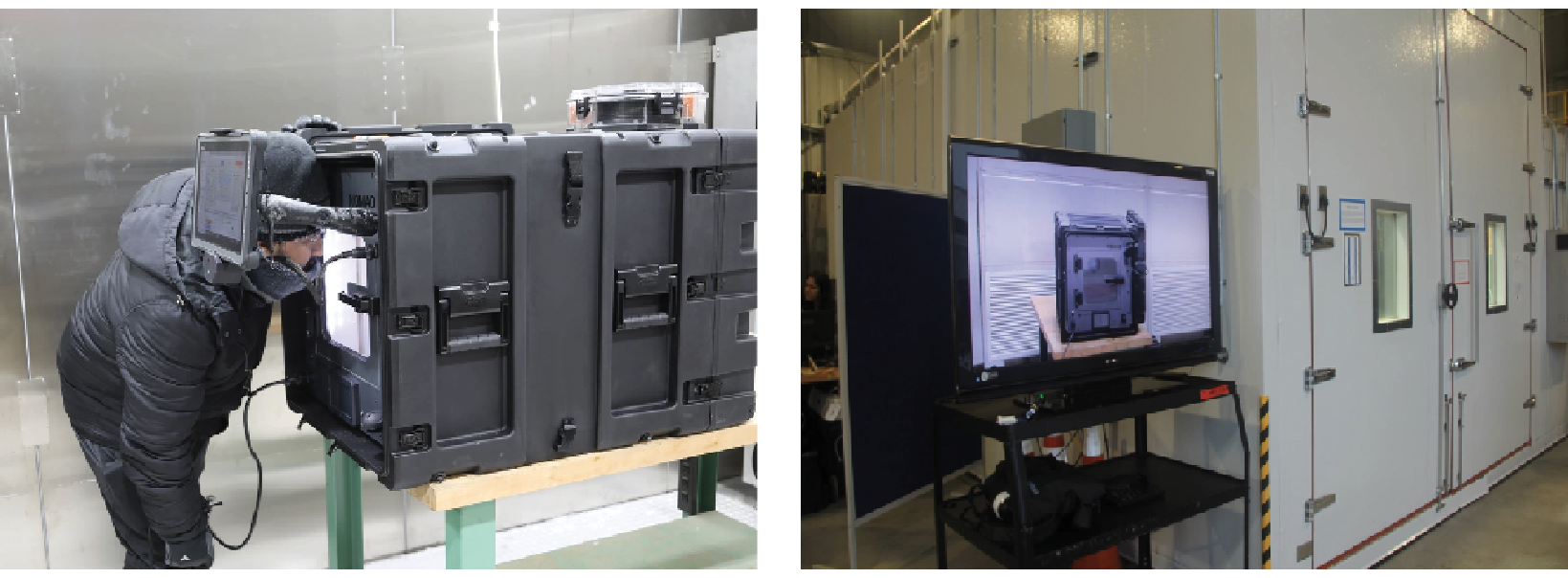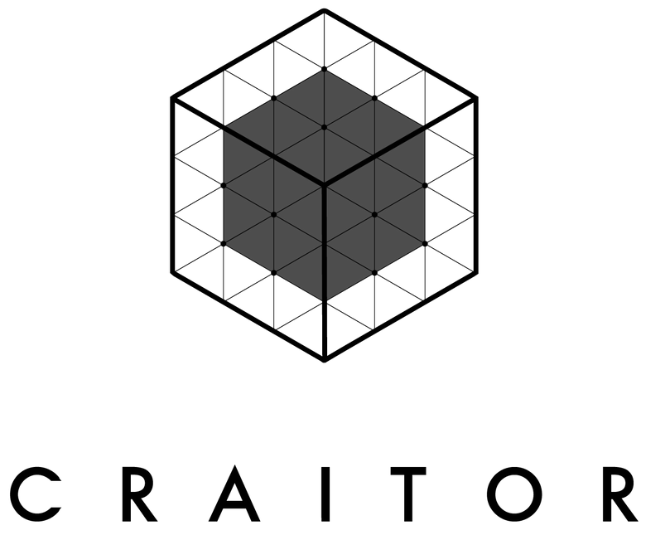


Craitor demonstrating print capabilities at -40°C during the OSD PoN Challenge
Problem
The Department of Defense (DoD) is on a mission to become a more agile and well-distributed force equipped to tackle peer-level engagements. To keep up with the demands of the modern battlefield they need a digital supply system able to augment the traditional supply system. While commercial off-the-shelf 3D printers exist, such printers are limited to desktop or laboratory use and lack the ruggedization required for reliable expeditionary use in distributed operations. Testing to MIL-STD-810G and extreme weather demonstrations are necessary to develop a reliable expeditionary 3D printer.
Objective
This project aimed to optimize the design of Craitor’s 3D printer based on testing to the requirements of MIL-STD-810G and demonstrated its performance in cold weather, high temperature, and high humidity climates.
Technical Approach
Craitor performed a preliminary optimization on specific 3D printer subcomponents such as power control boards, coatings, and external shells to improve performance against planned MIL-STD-810G testing. The Craitor 3D printer underwent testing at an independent laboratory against the requirements of MIL-STD-810G for shock, vibration, heat, cold, and humidity leading to another iteration of design optimization. Craitor deployed 3D printers to United States military forces stationed in Okinawa, Japan, for high temperature and high humidity testing and to solicit end-user feedback. On-site testing and demonstrations also occurred at the Army’s Engineer Research and Development Center Cold Regions and Engineering Laboratory (CRREL).
Accomplishments
Craitor successfully demonstrated the ability to print in austere environments at the Office of Secretary of Defense (OSD) Point of Need (PoN) Challenge held at Army’s Engineer Research and Development CRREL in Okinawa, Japan, with the United States Marine Corps (USMC). Both opportunities provided Craitor with valuable end-user feedback to inform future design iterations. Additionally, Craitor successfully passed MIL-STD-810H testing for shock, vibration, heat, cold, and humidity through an independent laboratory. Craitor leveraged preliminary MIL-STD-810H testing to identify and bolster design deficiencies that enabled the printing successes in austere environments and passing MIL-STD-810H testing.
Project Participants
Project Principal

Other Project Participants
- Office of the Secretary of Defense
- Air Force Research Laboratory (AFRL)
Public Participants
- U.S. Department of Defense
